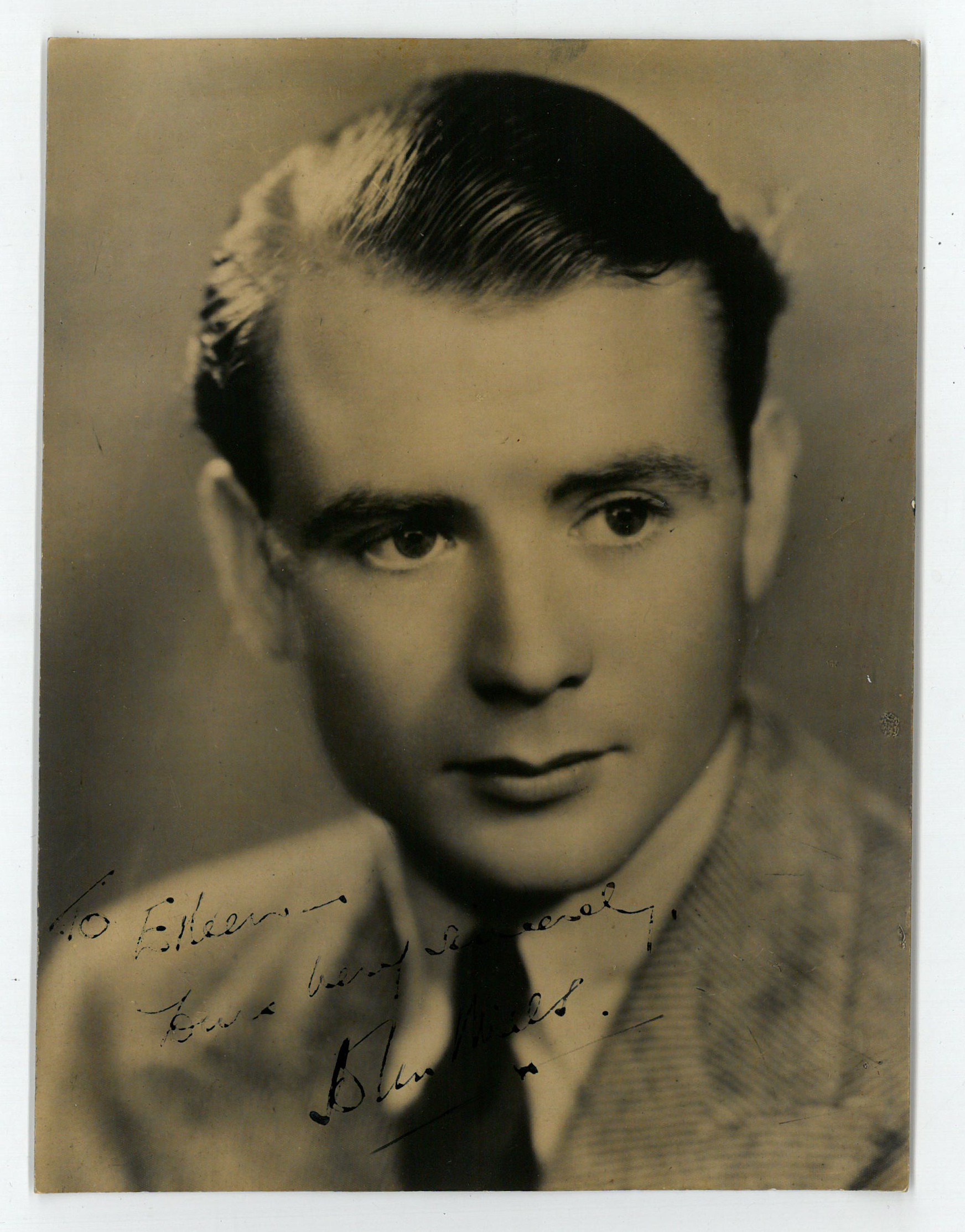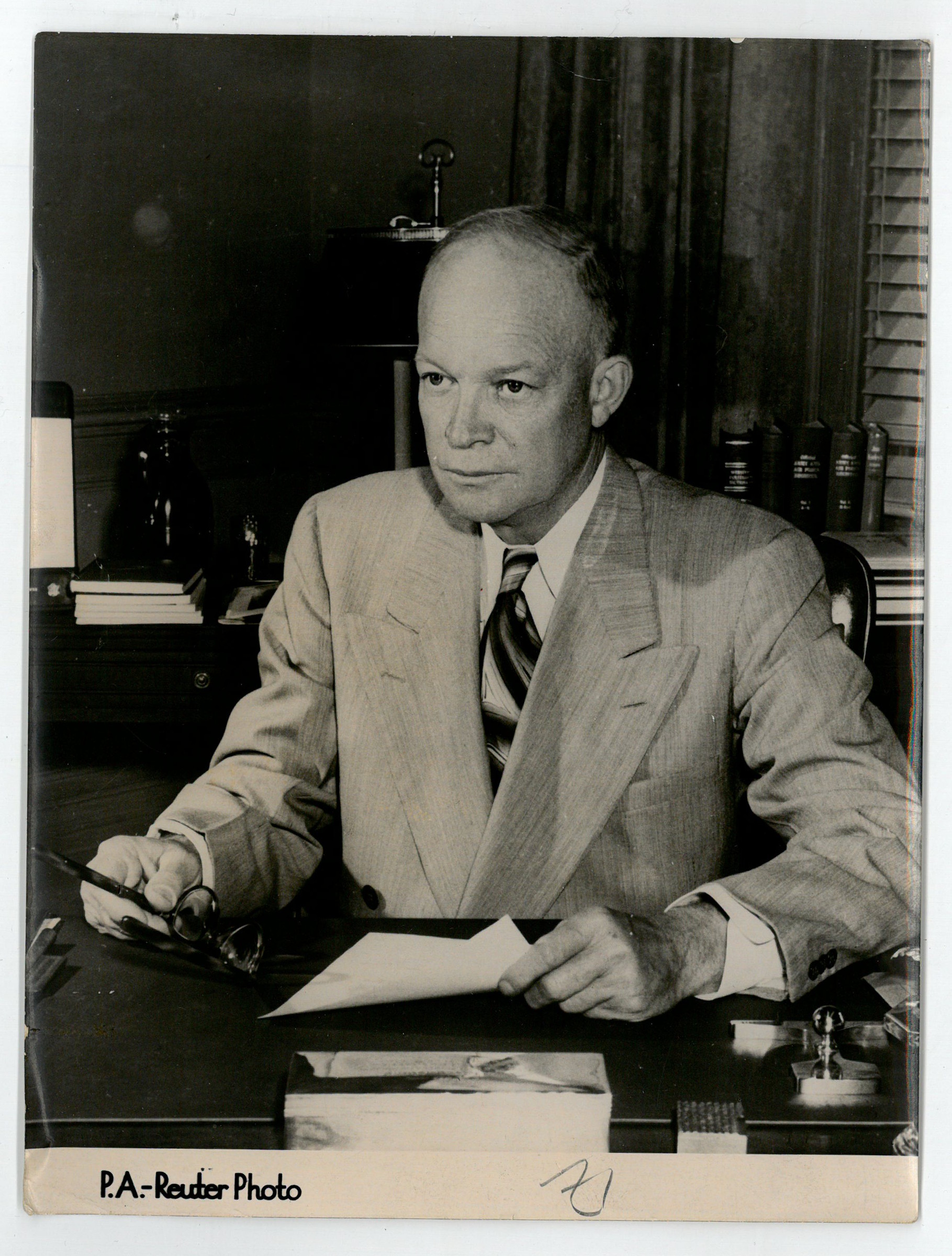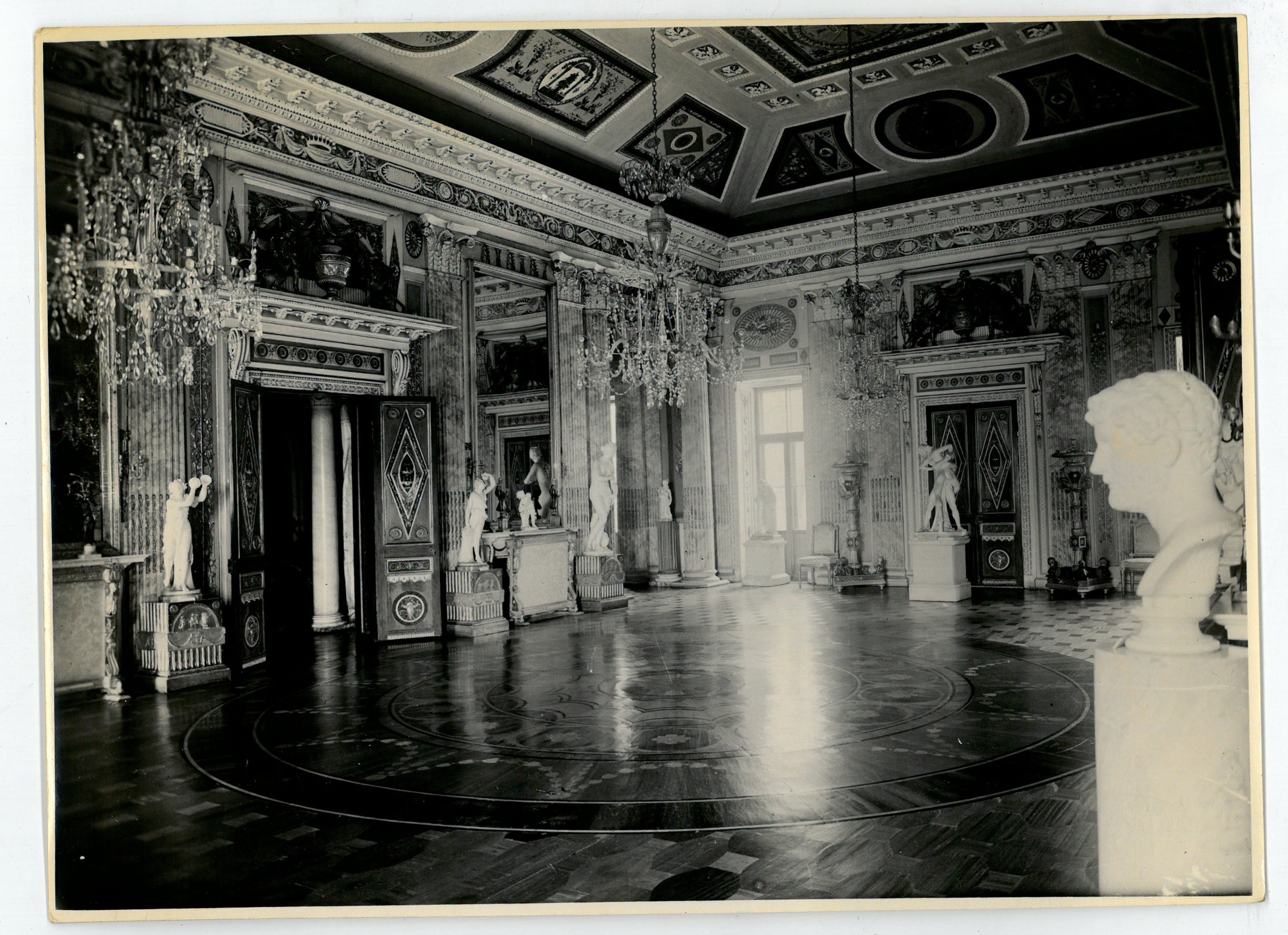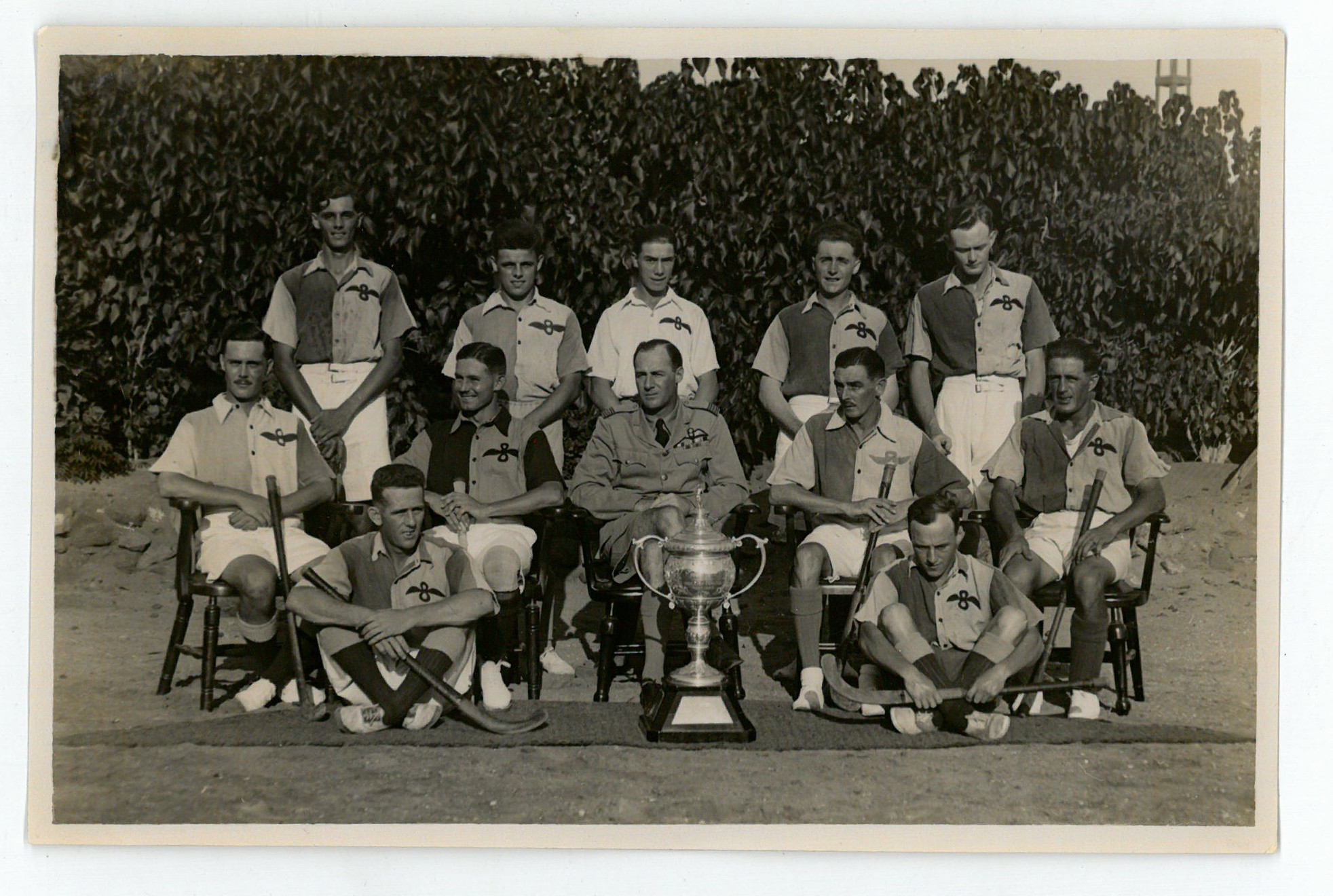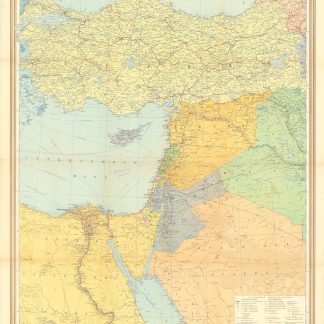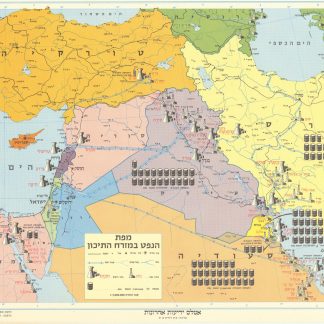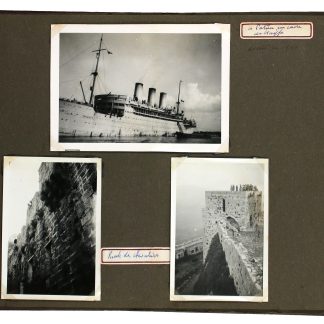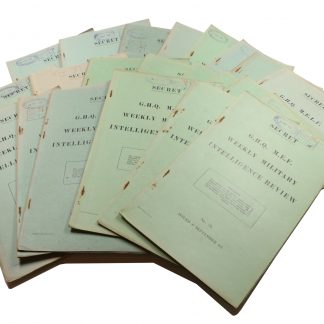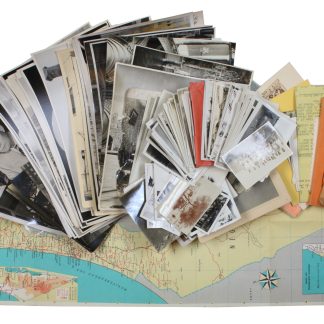R.A.F. photographs of interwar Aden, from camels to biplanes
[Photograph archive - thirty years of R.A.F. tours].
Over 100 photographs, largely silver gelatin prints but with some albumen as well, ranging from 240 x 160 mm to 80 x 55 mm. Also included are several postcards and related ephemera.
€ 3.500,00
A large collection of photographs, postcards, and ephemera depicting the life and interests of RAF servicemen on deployment, largely from the 1920s and 1930s, and especially featuring the Royal Air Force Khormaksar base in Aden, founded in 1917, which would go on to become the Aden International Airport.
The bulk of the lot is made up of photographs of daily life near British military outposts in Yemen, Ethiopia, Egypt and elsewhere, some captioned on the reverse, most in one of two English hands. The city of Aden ca. 1930 features prominently, including a landscape titled "Typical country north of desert behind Aden. Good landing ground??", and a snapshot of two locals outside "the new hangars," presumably those at Khormaksar, where the No. 8 and No. 12 squadrons would spend the late 1920s and early 1930s. On a nautical theme, postcards depict the motor tanker Corhampton and the S.S. Themistocles, and two original photographs show fire damage in the British cargo ship S.S. Queenmoor. In December of 1930 the Queenmoor had been on route from Bombay to England with a flammable cargo of linseed oil cake, cotton, and manganese when a fire broke out in the forward bunkers and cargo holds offshore near Aden; she was towed to port and the fire was put out after three days, likely with the help of the servicemen at Khormaksar.
Further scenes associated with the R.A.F. show Addis Ababa and Aden, dated between 1929 and 1931, including British pilots and Yemeni locals posing together in front of airplanes, a shot of two R.A.F. biplanes (either Fairey or Vickers models) next to a group of camels in the desert titled, possibly tongue-in-cheek, "Sheikh Som Aerodrome," and aerial snapshots show the Nile, Burao, and Ad-Dali. The British photographed local fishermen, potters, and market scenes, their own Western field hockey team, and five portraits of local women and girls posing for the camera. In another shot, a British serviceman man poses in drag, captioned "Robby Clarke, Xmas 1931". Elsewhere, four men pose in thigh-deep water in Aden, captioned "flooded cricket pitch"; other photos of the 1930 floods follow. Other snapshots show Makulla prisoners in 1931 and local farmers making hay in rural Somalia near Burao, where nearby other photos show newly built aircraft hangars. Some hay was apparently "brought in by camel for Camel Corps," though the British Camel Corps was formally disbanded after the end of WWI.
Further afield, four photographs show scenes of the 1922 visit of the Prince of Wales Edward VIII (1894-1972), future abdicated king, to Kuala Lumpur, captioned "Outside the Government Building Prince inspecting troops, all plantees. Myself in white suit left hand corner above". Two press photographs of future U.S. President Dwight D. Eisenhower (1890-1969) show him in 1951, a post-war general. Also present is an official headshot of a young John Mills (1908-2005), taken early in Mills's career, likely when he was touring in India, China, and the Far East with a theatrical company, a show which would have been popular with British servicemen.
Altogether, an extremely extensive survey of photography, much of it associated with the R.A.F. or British military, with numerous photographs of daily life in various cities and regions, from bazaars to airfields.
Light wear, but on the whole quite well preserved.




